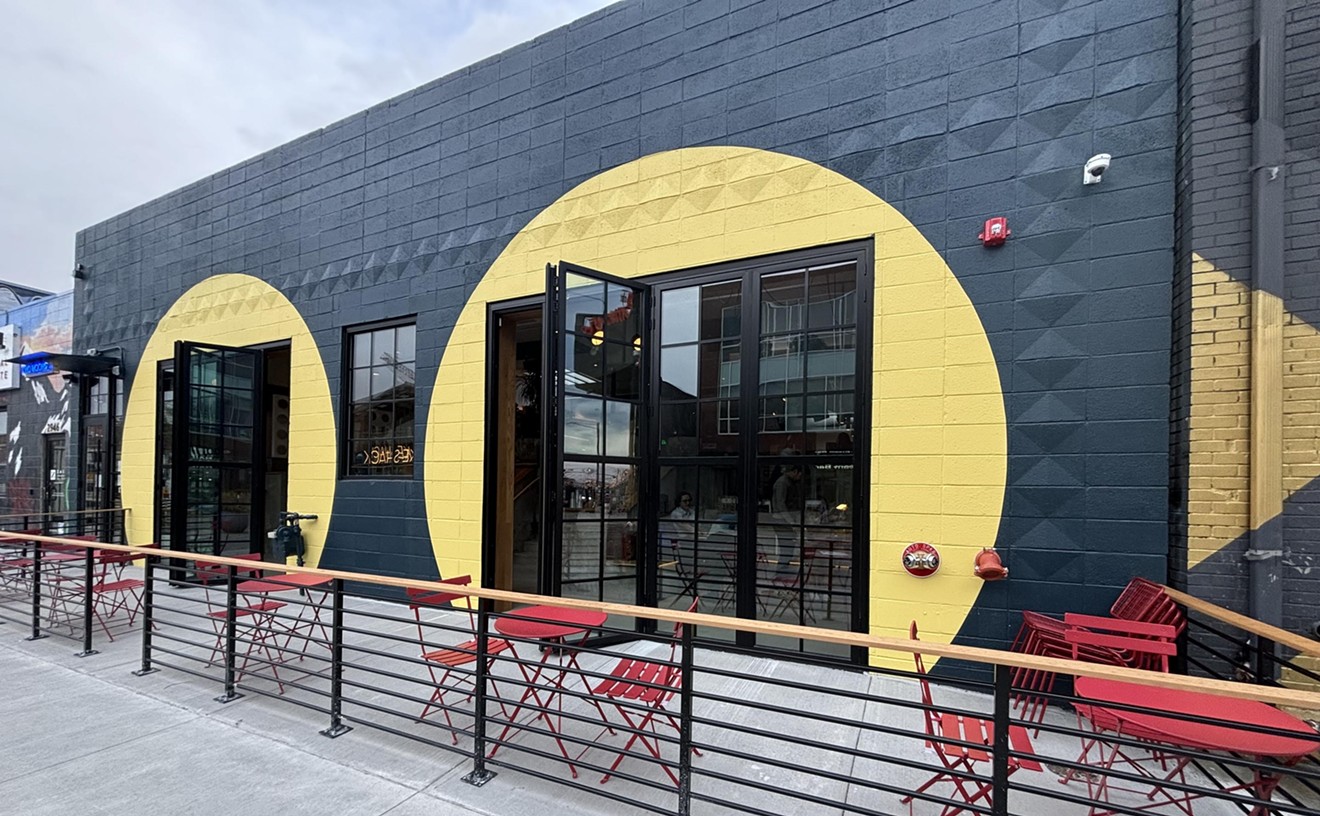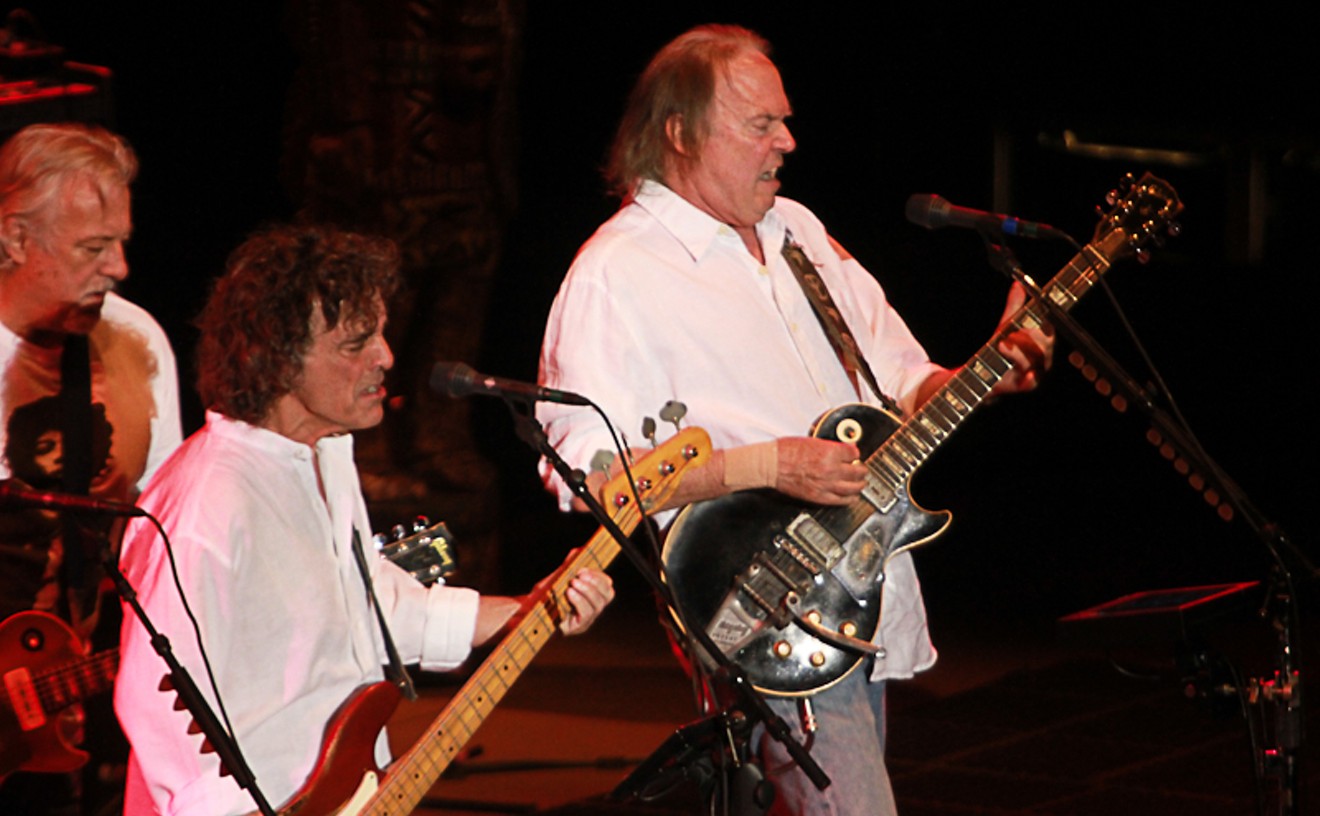The Paul Simon farewell concert on May 30, 2018, was one of the hottest Denver tickets in recent memory.
The legendary New York singer-songwriter wrote an open letter to fans in February effectively announcing that the Fiddler’s Green date would be part of a tour aimed at “bringing my performing career to a natural end.”
When Tom Petty passed away suddenly last year, one of the remarkable things about the outpouring of love and sadness was how everyone seemed to agree that no matter who you are, where you’re from, there are at least a few Tom Petty radio hits you turn up and rock out to, singing along with every word. When Simon announced this farewell tour, there seemed to be a similar agreement that no matter who you are or where you’re from, there are at least a few Paul Simon songs that make you think, laugh, cry — maybe even feel at peace with life, love and death.
Bringing out a fourteen-piece band steeped in jazz, rock and orchestral music, Simon opened with the sweeping 1967 classic “America,” the five-foot-three Queens native immediately showing unbridled joy and revealing that he can somehow still nail all the sweet, strong vocals of his historically dynamic songs at age 76.
“He looks a lot older than when we saw him last year,” a woman from Brooklyn sitting to my left said. Within moments she was marveling that Simon was also having a lot more fun than the last few times she’d seen him on stage, “talking a lot more between songs” and dancing around in his sleek black jacket with silver highlights. The jacket matched his black-and-silver acoustic guitar.
After nailing 1975's “50 Ways to Leave Your Lover," drawing stray dancers in the packed 18,000-capacity amphitheater, Simon promised the audience that he doesn’t “intend to stop writing music,” adding, “If I stop, I don’t know what to do.”
“At the end of it all,” he explained, “if it all ends the way I hope it does, I’d like to say I had a great life and not [just] a great career.”
As Simon and his band launched into the funky, edgy “Boy in the Bubble,” from the beloved 1986 game-changer Graceland, audience members got a glimpse of the awe-inspiring multi-instrumentalism that went on all night. Accomplished drummer Jim Oblon played guitar at one point (he’s a singer-songwriter himself); lead guitarist Mark Stewart moved around to everything from electric to classical guitar to saxophone to pennywhistle; and the young members of yMusic (dubbed “the future of classical music” by NPR) supported Simon by playing just about everything.
The lyric “Every generation sends a hero up the pop charts” probably hit home for everyone at Fiddler’s Green, glad that Simon is still around in the wake of the recent tragic losses of iconoclasts — true hero-geniuses, not just pop stars — such as David Bowie and Prince. Another lyric from “Boy in the Bubble” that hit me deeply was “These are the days of miracle and wonder,” hinting at the William Blake-esque starry-eyed spirituality in Simon’s intellectually spry and sardonic, but honest and hopeful, songs.
After “Boy in the Bubble,” Simon hilariously shooed away a bunch of dancers who had run up front to crowd the stray space between the VIP seats (literally folding chairs) and the stage. “I know it’s fun to be here, but that’s just not fair to them...unless [the dancers] pay like ten bucks a person.”
A Simon concert feels like Catholic mass, where you never know when it might be correct to be seated or standing. It was up and down all night, depending on where the set list traversed, until the ecstatic encores.
I also noticed Simon’s 76-year-old fingers flying up and down his fretboard playing beautiful lines. Because of the lingering strength and truth of Simon’s voice and guitar runs, close your eyes at a Paul Simon show and you feel transported to whatever era the song he’s playing was written in. On the jumping zydeco number “That Was Your Mother,” for instance, it was difficult not to imagine being in the audience for Simon’s 1991 Central Park concert, which was estimated to have drawn 500,000 people.
Simon commented that he started writing songs at twelve years old, and then he took off his guitar and danced around like a twelve-year-old. He was indeed incredibly chatty, too, offering insights into his fifty-year history of songwriting.
One of the most interesting tidbits came after the quirky 2011 tune “Rewrite”: Simon explained that he always saw the guy who works at a car wash in the song as the grown-up version of “the kid who got on the bus in ‘America.’”
Somehow it’s easy to forget about life's little worries when one of the greatest songwriters in American history is not only nailing his entire catalogue, but also letting you into his or her songwriting process and heart.
The musical highlight — for the jazz nerds in the audience, anyway — was Simon slaying the vocals on the trippy, wise 1990 tune “Can’t Run But,” with yMusic gathered around him in the center of the stage, masterfully using strings and woodwind instruments to bring dark, gorgeous staccato color to a song previously all about percussion.
During a blazing version of “You Can Call Me Al,” Simon’s lyrics again evoked Blake, as he looked to the heavens while singing the lines “angels in the architecture/spinning in infinity.”
After Simon talked about how as a kid he saw music go from the magic of doo-wop to becoming “pretty stupid” at the dawn of the ’60s, he unleashed a mellow “Obvious Child,” a lightning-quick “Diamonds on the Soles of Her Shoes,” and a pensive, elegant take on the progressive “Cool, Cool River,” all of which showed the peak of his big-as-New-York-City genius, which at its best juxtaposed the music of many nations with smart, soulful, sometimes even silly and surrealist lyrics.
All that was missing was an African chorus.
In the end, the evening's peak was not the world-class musicianship backing Simon just right. After a two-and-a-half-hour marathon set doling out every classic from “The Boxer” to “Late in the Evening” and even fitting in relatively obscure fan favorites about having supernatural powers and slamming into brick walls, Simon (accompanied only by his gentle acoustic guitar) left us with a flawless take on his 1965 gem “The Sound of Silence.”
[
{
"name": "Air - MediumRectangle - Inline Content - Mobile Display Size",
"component": "12017618",
"insertPoint": "2",
"requiredCountToDisplay": "2"
},{
"name": "Editor Picks",
"component": "17242653",
"insertPoint": "4",
"requiredCountToDisplay": "1"
},{
"name": "Inline Links",
"component": "18838239",
"insertPoint": "8th",
"startingPoint": 8,
"requiredCountToDisplay": "7",
"maxInsertions": 25
},{
"name": "Air - MediumRectangle - Combo - Inline Content",
"component": "17261320",
"insertPoint": "8th",
"startingPoint": 8,
"requiredCountToDisplay": "7",
"maxInsertions": 25
},{
"name": "Inline Links",
"component": "18838239",
"insertPoint": "8th",
"startingPoint": 12,
"requiredCountToDisplay": "11",
"maxInsertions": 25
},{
"name": "Air - Leaderboard Tower - Combo - Inline Content",
"component": "17261321",
"insertPoint": "8th",
"startingPoint": 12,
"requiredCountToDisplay": "11",
"maxInsertions": 25
}
]














